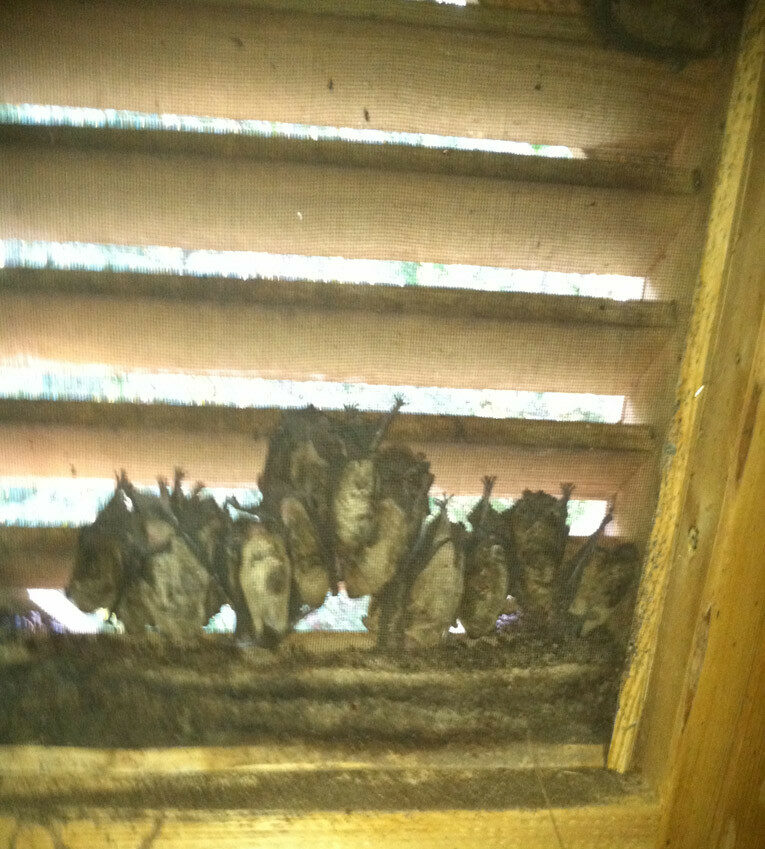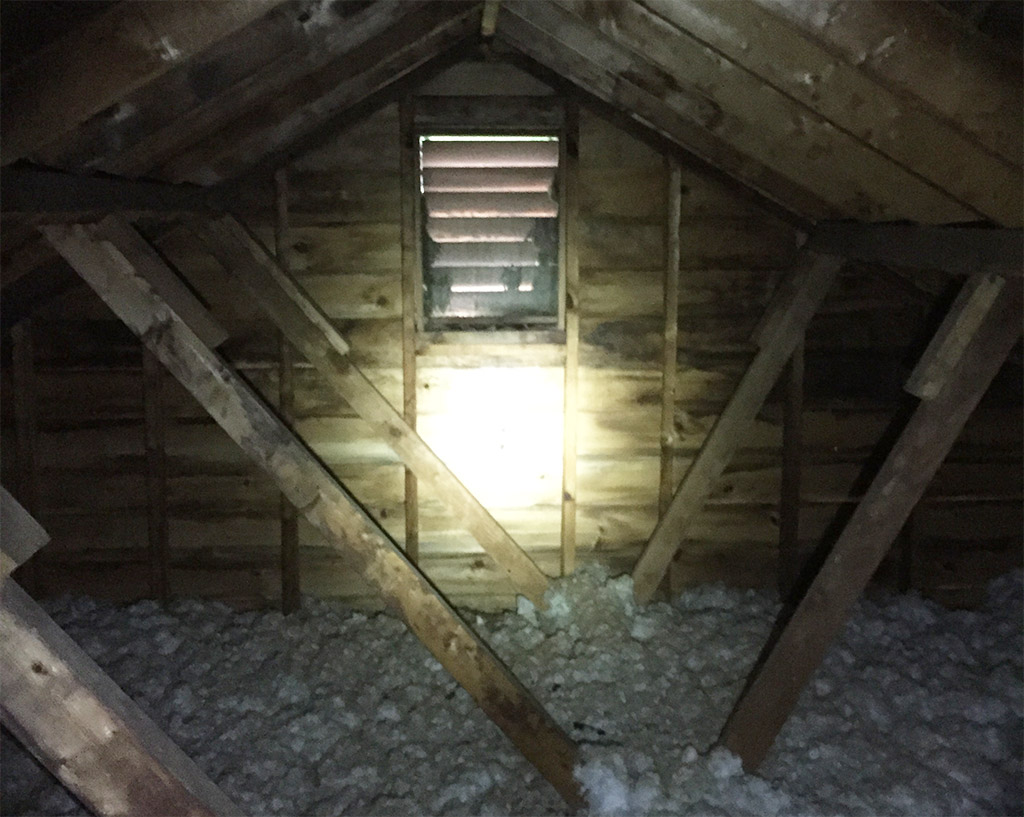Sometimes bats become a nuisance.The most common bat and human interactions involve a single bat that has found its way into a house or a colony of bats that has taken up residence in an attic, chimney or other structure. Over time, human disturbance of natural roosts in trees and caves has resulted in the loss of important bat habitat, and bats have adapted to human structures because they give bats what they need—stable, warm temperatures, microclimate options, protection from predators and replacement roosts. Which are difficult for bats to find in areas of South Carolina over a several month span. Some people are tolerant of bats roosting in their attics or in other parts of their homes, as long as the bats are not appearing in living spaces and sharing space with humans.
On occasion, a solitary bat may accidentally fly into a garage or other building through an open door or window. Such incidents often involve lost youngsters whose primary goal is a safe escape. These bats will often leave on their own if a window or door to the outside is opened while others leading to the rest of the building are closed. Bats are rarely aggressive, even when chased, but may bite in self-defense if grabbed. As with all wild animals, bats should never be handled with bare hands. If you are sure no human exposure has occurred, the bat’s exit can be hastened by waiting until it lands, and then covering it with a small box or other container, gently slipping a piece of cardboard under the bat and over the opening, and releasing the bat outside (preferably near dark). Keep doors and windows to these buildings closed, and window screens in good repair to prevent bats from re-entering.
It is also essential with large numbers of bats being displaced to install one or more bat houses as replacement roosts. Bat houses should be installed as far in advance of the exclusion date as possible. Weeks or even months ahead, and should be within the flight path of emerging bats. Keeping bats in the vicinity of their former roost allows people to continue to take advantage of their pest suppression services, and may prevent bats from simply moving into another building. Although there is no guarantee that the newly evicted bats will seek refuge in the bat houses, it is often suggested.


